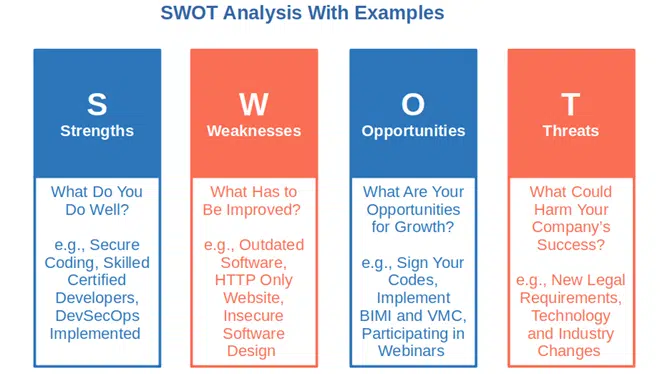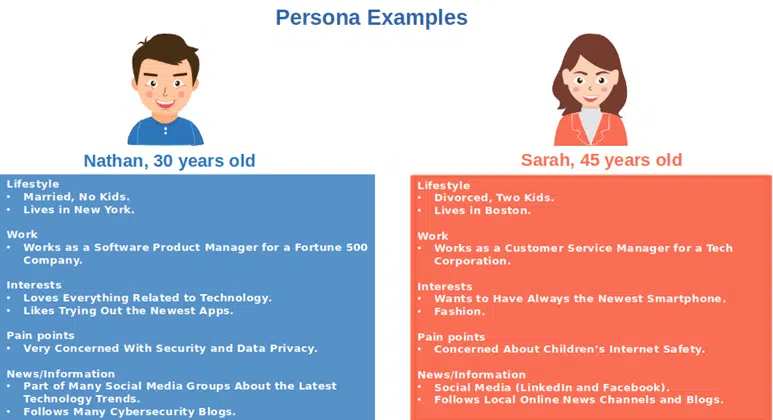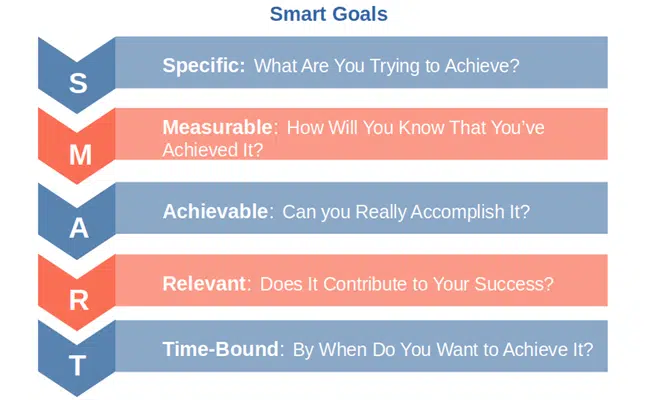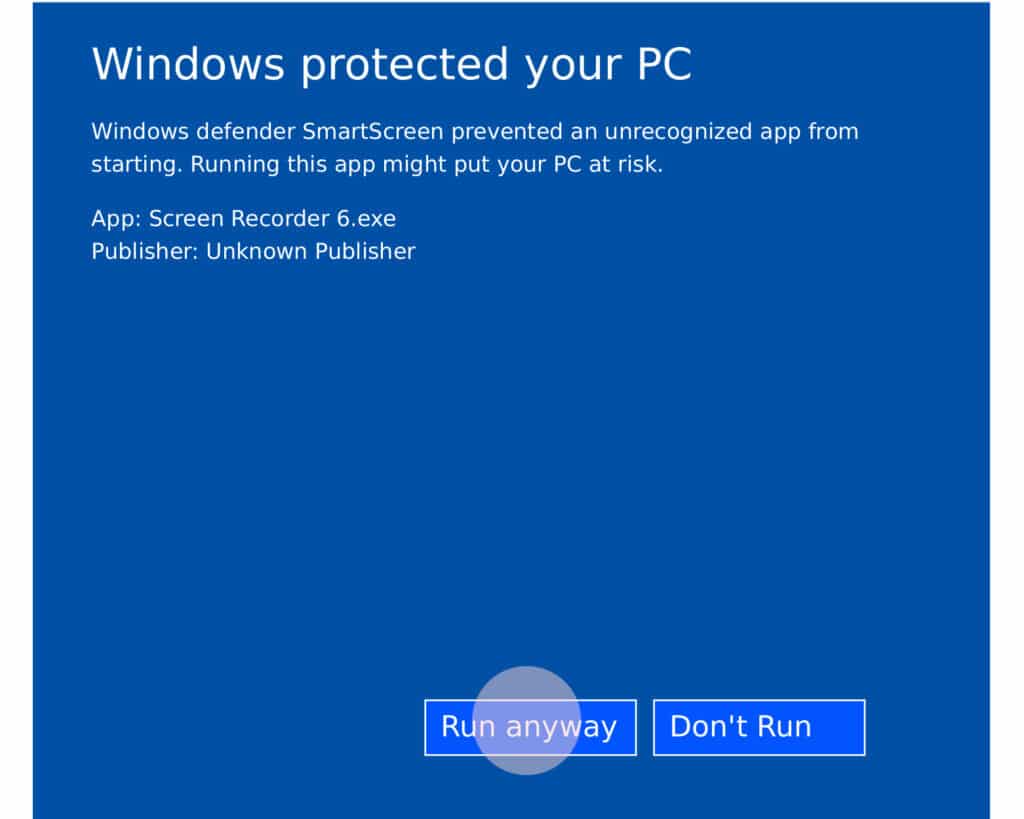A 5-Minute Guide to Creating Your Software Marketing Plan
Had enough of reading endless articles on marketing plans and getting nowhere on creating yours? Learn in just 5 minutes how to write an effective marketing plan for software products that’ll help you turn your business goals into reality. Satisfaction guaranteed!
Do you have a software marketing plan for your business? You should have one. And if you think that you don’t need it, think again. CoSchedule’s 2022 Trend Report on Marketing Strategy shows that companies with organized marketing are seven times more likely to report success than those without clear marketing plans and processes.
The clock is ticking, but the process of setting up a new business is a challenging, exciting, and overwhelmingly busy time. Therefore, it’s understandable that you might want to jump straight into the business side of things and cut corners. However, things can get really messy very quickly if you don’t have a clear plan to follow.
Take a break, grab a coffee, and learn everything you need to create an outstanding marketing plan for software products in just five minutes. Enough said. Time is money, so let’s get started.
Software Marketing Plan: What Is It and Why Do You Need It?
Got your marketing strategy ready? Now it’s time to start working on a software marketing plan: a document detailing how you’re going to execute that strategy by clearly addressing the what, why, and how of your marketing activities.
A strong marketing plan for a software product or company works a bit like a vehicle’s navigation system. It shows you the best and fastest way to reach your goals letting you track your progress and achievements. All this avoids time-consuming and expensive mistakes during your journey to success.
A well-structured software marketing plan is your best chance to make your business succeed. Why? Because it’ll:
- Keep you and your team focused.
- Help you create clear and measurable goals.
- Ensure consistency by tracking your success and getting everyone on the same page.
- Make you stick to your budget.
Ready to learn in just a few minutes how to build one? Ready, steady, go! The time starts now.
Your 5 Minute Guide to Writing a Marketing Plan for a Software Company
For those who have less than five minutes to spare, here is a further distillation of the steps required:
| Steps For a Marketing Plan for Your Software Company | Details |
|---|---|
| 1. Know Your Strengths, Weaknesses, Opportunities, and Threats |
|
| 2. Define Your Audience |
|
| 3. Identify Your Goals |
|
| 4. Analyze Your Tactics |
|
| 5. Set Your Budget |
|
| 6. Write an Executive Summary |
|
1. Know Your Strengths, Weaknesses, Opportunities, and Threats
Understand your business’ current situation by running a SWOT (strengths, weaknesses, opportunities, and threats) analysis:
- Strengths. Elements improving your position in the marketplace that your competitors don’t have (e.g., your software products are developed following strict secure coding practices and use cryptographic mechanisms to ensure their integrity).
- Weaknesses. Factors reducing your ability to reach your goals (e.g., you’re using outdated/unpatched software, or your software doesn’t support digital signatures for data transfer).
- Opportunities. If implemented properly, the following elements can help you grow your business (e.g., putting security at the core of your deployment cycle, using secure communication channels like having an SSL/TLS protected website, BIMI and VMC-enabled emails, and digitally signed emails).
- Threats. Items that could negatively impact your business (e.g., data breaches, hacker attacks, app stores, and browsers often requiring code signing, and new data privacy and cybersecurity regulations).

It’s like doing a total body scan of your business. It’ll highlight what you do best, help you figure out what you need to improve upon, and give you ideas about growth opportunities.
Do you want to go a step further? Learn who you’re up against by running the same SWOT analysis on your competitors. Get into the nuts and bolts of your industry. Like Sun Wu Tzu, the ancient Chinese military general and strategist wrote, “Know your enemy and know yourself and you can fight a thousand battles without disaster.”
2. Define Your Audience
Who are you selling to? Now that you know your business and your competitors’ strengths and weaknesses, you need to understand your potential customers and get to know them intimately. How? Through the personas you built when working on your marketing strategy.

Don’t forget to list their pain points and goals by answering questions like:
- “What’s their goal?”
- “What problem do they have and how can your product/service fix it?”
- “Why should they choose you instead of one of your competitors?”
If you’re selling more than one product or service, make sure that you have defined at least one persona for each product.
3. Identify Your Goals
Your goals should always be based on what you’ve discovered about your company and business environment (see previous points). When planning your marketing strategy for your startup software company, think smart and identify goals that are specific, measurable, attainable, relevant, and time-bound (i.e., SMART goals).
Don’t forget to assign a due date to each goal. Why? Because setting deadlines will keep every team member accountable for the success of the project. It’ll motivate them and help prioritize what’s important. Last but not least, make sure your deadlines are realistic and include milestones to help you measure your progress. Yes, due dates can be stressful sometimes, but they’ll ensure you’ll get things done.
Examples of a software marketing plan’s goals would be:
- Increase organic traffic to your website by 10% over the next quarter, or
- Generate 25 leads within the next three months.
- Increase software subscriptions by 10% within the next three months.

4. Analyze Your Tactics
How are you going to reach your goals? By translating the analysis carried out through the previous points into actions. In other words, by putting in place the right tactics. Before you start brainstorming, though, I’d suggest you check our previous article, “10 SaaS Marketing Tactics You Can Use Right Now.” This will give a few ideas to work on.
You aren’t a SaaS company? No problem, some of those tactics will work perfectly fine for a marketing plan for software company too.
Looking for more examples of tactics that would enable you to increase organic traffic to your website by 10% over the next quarter? Check these out:
- Talk about software security. Security is always a major pain point for potential customers, above all in the software industry. Tell your audience how your organization keeps its software and customers’ data protected.
- Create mobile-friendly and engaging content. With more than 58% of worldwide internet traffic coming from mobile devices and Google prioritizing mobile-friendly pages in mobile search results, mobile content isn’t an option any longer.
- Get social. Events like webinars, Q&A sessions social media posts are always a good way to capture the interest of potential customers.
Select a few tactics that’ll enable you to reach your goals, but don’t forget to keep an eye on your budget. And this brings us to the next point.
5. Set Your Budget
Once you have mapped out a few potential tactics, it’s time to check your dough. Figure out how much it’ll cost you to achieve each tactic. This will help you evaluate its feasibility (remember: be realistic!) and select the right actions for your pockets.
For example, you don’t have enough money to sign your codes with an extended validation (EV) code signing certificate? That’s fine. You can opt for the cheaper standard code signing certificate to assert your organization’s digital identity. So, users will still see the Windows Defender SmartScreen message pop up, but instead of showing the “Unknown Publisher” warning, it’ll display your verified organizational details instead. (An EV code signing certificate will get rid of this warning window altogether because Windows browsers and operating systems automatically trust it.)
Is it perfect? No, but displaying your verified company info is way better than users seeing this ugly warning message on your site:

6. Write an Executive Summary
Now that you have all the elements of your marketing plan for a software company, you can write down a brief executive summary. This summary aims to provide an overview of key highlights you want to call out in your overall plan. Be sure to keep it short but make sure that your readers will get the whole picture without having to read through the whole document.
Don’t forget to mention the main points of your business strategy:
- Your mission,
- Your objectives,
- Your high-level roadmap, and
- Your KPIs
Once done, place your executive summary at the beginning of your software marketing plan to crown your efforts.
That’s it! Time is up and the coffee break is over. Now all you have to do is to make things happen. Be sure you always check that your teams are working together, monitor your progress, and chase up any overdue activity.
Final Thoughts on a 5-Minute Guide to creating Your Software Marketing Plan
Now you have it! You’re ready to take a step back and start working on a killing marketing plan for your software company. As you can see, it doesn’t have to take long to create one and it doesn’t have to be fancy.
Start straight away and, once ready, share it with your peers. This way, everyone in your organization will have a clear picture of where the business is going and how you’ll get there.
Increase your chances of success by getting your teams to focus on the right initiatives based on your marketing plan. Because, as U.S. President Dwight D. Eisenhower once said, “Plans are useless, but planning is indispensable.”



